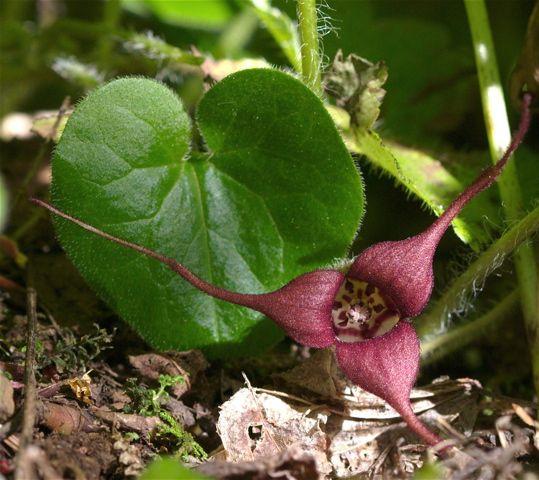Wild ginger
Wild bergamot
Serviceberry, Friends, & Pie!
Plant This, not That! Eat from YOUR Landscaping! Birds love to eat fruits of native plants as do insects, caterpillars, deer, squirrels, and other mammals. Native plants provide a buffet for pollinators and insect feasting birds. BUT humans can indulge in some native plants as well.
There are several plants you can grow in your yard and enjoy the harvest of your labors….provided the animals don’t beat you to it. As always, when foraging food, if you are not 100% certain what the plant is, what it may have been treated with, what your allergies are, or that it is safe to eat, do not eat it.
Plant This... FRUIT-BEARING TREES & SHRUBS Serviceberry (Amelanchier arborea): Serviceberry is an exceptional landscaping plant with showy spring flowers and bright fall colors. The berries ripen in June and taste like blueberries...that is if you can beat the birds to them. P.S. Makes great pie and jam! Our CEO used this pie recipe pictured above: http:// lostrecipesfound.com/serviceberrypie-yes-you-can-eat-them/ Black chokeberry (Aronia melanocarpa): Another beautiful shrub with white spring flowers and bright fall colors. It may be too tart to be eaten raw, but the nutritious fruit can be cooked, sweetened, and used in pies or preserves. Harvest after a frost for the best favor.
16
Common Blackberry (Rubus allegheniensis): This one is probably not a good option for your front-yard landscaping, it is a bit unruly and has thorns. However, the delicious fruits ripen in early summer and are famously good in pie and other deserts. A good alternative to this option are thorn-less versions, such as Apache blackberries, which are newer to the market and were developed by the University of Arkansas. Paw Paw (Asimina triloba): Paw Paw are North America’s largest native fruit. They have a creamy texture and a flavor often compared to banana, mango, or cantaloupe. You will need more than one cultivar for fruit production. Elderberry (Sambucus canadensis): The berries are commonly made into jam or baked into pies and can otherwise be used as you would any small berry.
NUT-BEARING TREES Black walnut (Juglans nigra): The nuts are edible, and the fruit casing can be used as a black dye. Shagbark hickory (Carya ovata): The most common hickory species. The tree produces sweet nuts that can be harvested when they drop from the tree after a hard frost and eaten raw. Pecan (Carya illinoinensis): The nuts need no introduction. They are famously found in granny’s pies and baked goods. Illinois is the northern extent of this tree.
Basswood (Tilia americana): Fruit is pea-shaped nut attached to a long leafy bract that ripen in October but often remains through winter.
TEAS Yep, you could grow your own teas, if you wanted. Many herbs, flowers, and plants can make tea. Some interesting ones are as follows: New Jersey tea (Ceanothus americanus): The dried leaves of this prairie shrub make for a black tea substitute. This is a, small ornamental shrub. Leadplant (Amorpha canescens): Like New Jersey tea, the leaves of this species can be made into a tea. Wild bergamot (Monarda fistulosa): The leaves of the common prairie plant are used to make earl grey tea.
WILDFLOWERS Wild onion (Allium canadense) Wild leeks (Allium tricoccum) and nodding wild onion (A. cernuum): Entire plant is edible just like leeks and scallions. Use as a substitute for onions or leeks in recipes. Wild ginger (Asarum canadense): Can be used as a substitute for domestic ginger, but have a slightly less strong favor. Annual sunflower (Helianthus annuus): The seeds of this weedy native species are edible, in fact cultivated sunflowers are horticultural varieties of this species.
www.HeartLands Conservancy.org



